
More and more people are getting into the hobby of growing succulent plants. These compact, fleshy plants may have gotten your attention with their strange but uniquely beautiful appearance at a wedding or a hotel lobby. You may have been inspired to start a succulent garden after seeing your neighbor’s backyard.
Succulents are everywhere – but what exactly are they?
General Characteristics Of A Succulent Plant
The word “succulent” is derived from the Latin word “sucus” which means sap or juice.
Succulent plants are rich in sap and this is why they are the favorite targets of pests such as mealybugs, aphids, and fungus gnats. Sap is fluid that is found in the plant’s xylem cells and is used to transport water and other nutrients throughout the plant.
And succulents are plants that have the ability to store a lot of water.
What are the characteristics of a succulent that differentiate them from other plants?
Thick, Plump, Fleshy Leaves
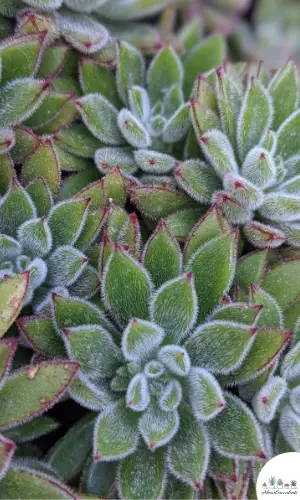
Echeverias are a variety of succulent plants that have thick, plump, and fleshy leaves. The echeveria is native to Mexico and has adapted to dry and hot climates by developing thick leaves and stems that store plenty of water.
Other types of succulents store water in their leaves and stem but not as much as the echeveria. For this reason, echeverias are the preferred variety of succulent in tropical and subtropical regions.
Because the succulent plant can store water, it is very durable. A succulent can survive long periods of drought and can adapt to different temperatures and climate conditions.
Your succulent plants can survive even if you don’t water them for weeks.
Shallow Roots
While not entirely indicative of all succulents, the majority of the known varieties have shallow roots.
To be clear, a succulent plant does not directly draw water from the soil. The plant captures moisture from the air around it.
With a shallow root system, the roots are wider and positioned closer to the surface. This allows the roots to capture moisture faster and more frequently during dry periods or drought.
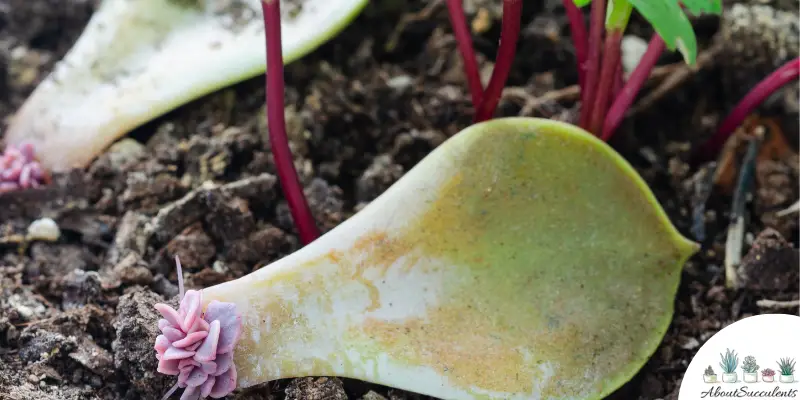
Hardly Tolerant of Frost
When the fluid stored inside the leaves and stems get frozen, the succulent plant develops a mushy appearance.
Succulents are durable enough to tolerate temperatures that go as low as 4 degrees Celsius or 44 degrees Fahrenheit but anything lower would be dangerous.
Generally, 20 degrees Fahrenheit or -2 degrees Celsius is the danger zone. At this level, the succulent plant should be moved indoors.
There are varieties of succulents that are more tolerant of frosts such as Sedums and Sempervivums. However, to ensure their survival and growth, if your region experiences freezing temperatures, it would be best to grow the succulent indoors.
Easy to Propagate
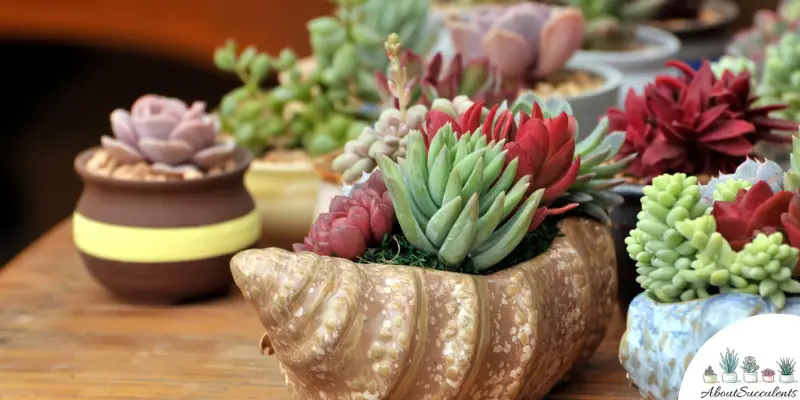
Why do horticulturists love to grow succulents? One, succulents are beautiful to look at. Second, they are easy to care for.
Add “easy to propagate” to the list of reasons why succulents are becoming more popular.
Depending on the variety, there are multiple ways to propagate your succulent:
- Seed
- Cuttings
- Leaves
- Offsets
You can always buy seedlings to grow your succulent plants but this will take a long time. Propagation of succulent plants would be faster with the use of the following methods: Cuttings, leaves, and offsets.
In these 3 methods, you need to use a clean, sterilized, and sharpened knife or garden shears to remove the stem or leaf. Then, allow the stem or leaf enough time to dry out and develop calluses.
Once the stem or leaf has properly hardened, you can plant it on well-draining soil and allow the roots to grow.
Many varieties of succulents develop offsets or “pups” such as the Kalanchoe daigremontiana and those from the Sempervivum family.
Simply pull out the offsets, allow them to dry, then re-plant them in well-draining soil. In a few weeks, you will have extended your succulent family.
5 Popular Types Of Succulents
Succulent plants share common characteristics. However, the manner in which you care for them would depend on the climatic conditions in your region.
Before buying a succulent, take a quick look at our description on five popular types of succulent plants and find out which variety is the right one for you.
Agaves
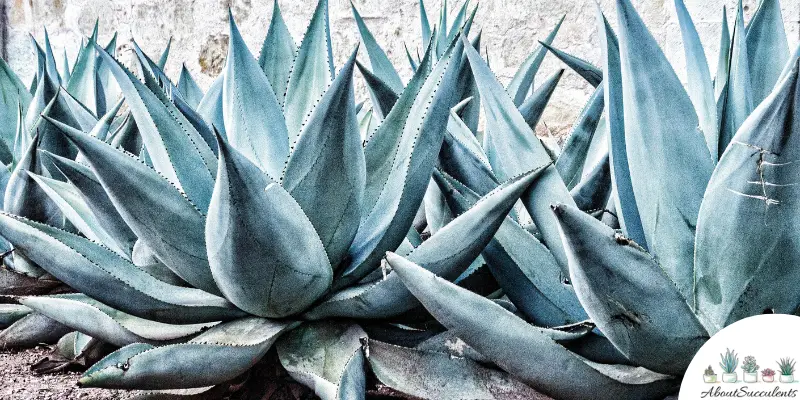
Agaves are native to North America and have been discovered to grow in countries with colder climates such as Canada and the Pacific Northwest.
This is a type of succulent plant that grows long leaves and produces beautiful cup-shaped flowers.
Popular Varieties: Agave parryi, Agava ocahui, and Agave macroacantha.
Aloe
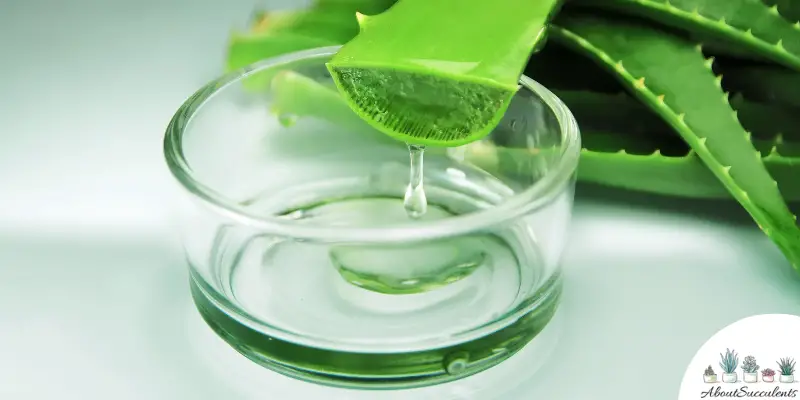
Aloe is a type of succulent that is native to South Africa, Madagascar, Jordan, and the Arabian Peninsula. Similar to cacti, Aloe grows better in dry conditions.
Aloe has been grown for thousands of years because of its medicinal properties. Its sap has been used to treat wounds and skin infections.
Popular Varieties: Lace Aloe, Tiger Tooth Aloe, and Spiral Aloe.
Bromeliad
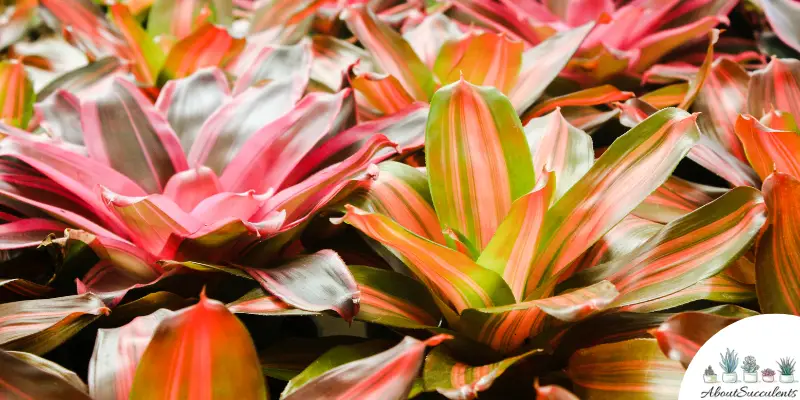
Bromeliad comes from the family Bromeliaceae and is native to the tropical Americas, American subtropical regions, and West Africa.
Hobbyists are enamored with the peculiar yet, strikingly beautiful appearance of Bromeliad which produces thick foliage within its rosette. It also produces a flower that differs in color and shape depending on the variety.
Popular Varieties: Aechmea spp, Guzmania spp, and Neoregelia spp
Cacti
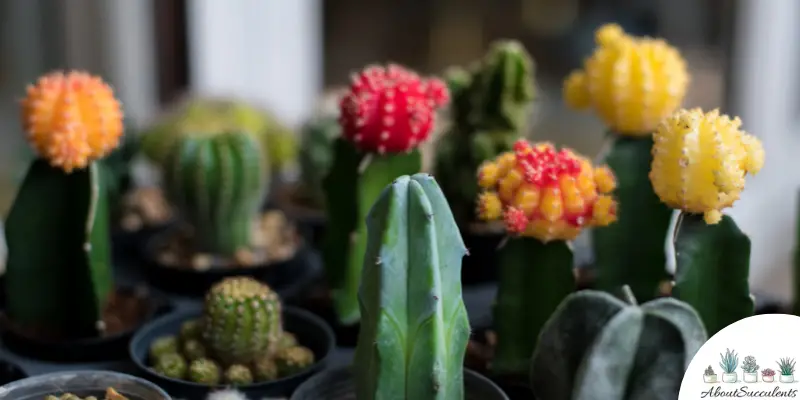
Cacti are native to the Americas, Western Canada, Africa, and Sri Lanka. This is a popular choice of succulent plant for landscape artists because cacti vary is size, shape, and color.
Horticulturists love cacti because they are very durable and can tolerate extreme weather conditions.
Popular Varieties: Prickly Pear Cactus, Pincushion Cactus, and Barrel Cactus.
Echeveria
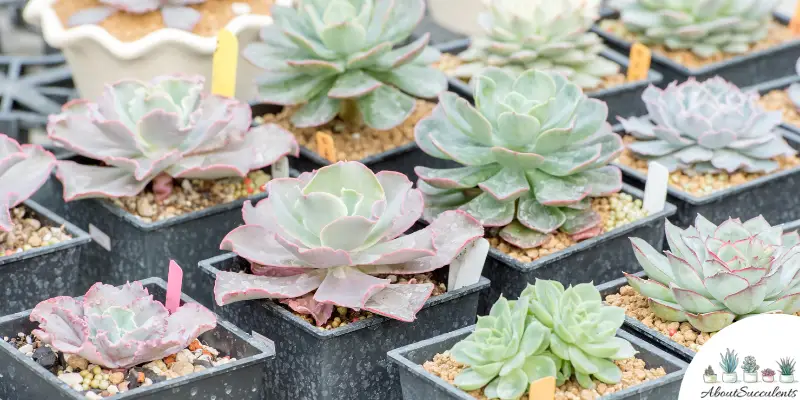
Echeveria is native to Mexico, Central America, and Northwestern South America. This type of succulent is a staple in the garden – or home – of many succulent growers because it is very easy to grow and care for.
An echeveria is identified by its thick fleshy leaves that have a waxy exterior and forms beautiful rosettes.
Popular Varieties: Perle von Nurnberg, Painted echeveria, and Black Prince.
Conclusion
Succulents need time and attention but not as much as other varieties of plants. You can plant them in a garden or grow them inside a beautiful clay pot and give your home an instant “wow” factor.
If you’re thinking of starting a new hobby – why not grow succulents? They are very easy to grow, care for, and propagate. Anyone can become a successful succulent grower!
Last Updated on June 27, 2022 by Sofia Lara